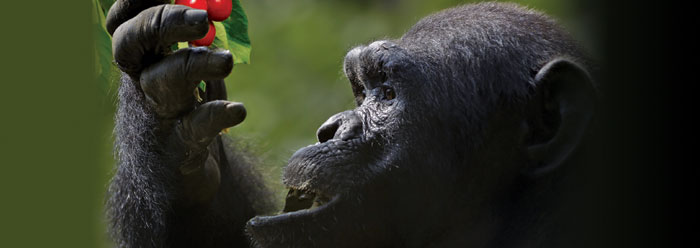
Picking cherries sounds like good, clean fun, but it isn’t always a good thing. In origins science the practice of “cherry picking” refers to an analytical fallacy—using a few selected illustrations to demonstrate a point, as if those examples fairly exemplify a generalized trend when they actually don’t...
Do you remember hearing or reading that supposedly 98% of the human genome matches that of chimpanzees, due to humans and chimpanzees allegedly sharing common ancestors?
Those cherry-picked genome comparison reports suppressed huge categories of contrary evidence. As ICR’s Dr. Jeffrey Tomkins has reported, “All analyzed cases of reported high human-chimp DNA sequence similarity are based on biased data selection and exclusion techniques.”4 Using “highly selective data-discarding techniques,”4 such “statistical” results failed to account for major disparities between the respective genomes.
For the primary chimp chromosomes (autosomes), the amount of optimally aligned DNA sequence provided similarities between 66 and 76 percent, depending on the chromosome. In general, the smaller and more gene-dense chromosomes showed higher DNA sequence similarity—although there were several notable exceptions. Only 69 percent of the chimpanzee X chromosome (female sex chromosome) and only 43 percent of the Y chromosome was similar to human DNA. Genome-wide, only 70 percent of the chimpanzee genome assembly was similar to human DNA under the most optimal sequence-slice conditions.5
Not even close to the evolutionists’ trumpeted 98%! That’s because cherry-picked analyses are unreliable misrepresentations of the true facts—in this case, the real truth is that man was uniquely created in God’s image and is not just a chimpanzee’s cousin.
No comments:
Post a Comment